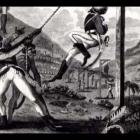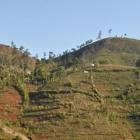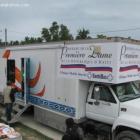ADVERTISEMENT
Slave
Charles Deslondes, a Haitian slave who led the 1811 German Coast Uprising to New Orleans
Charles Deslondes was a Haitian slave who led the 1811 German Coast Uprising on January 8 along the Mississippi River. He compiled a group between 200-500 slaves and Maroons and marched from the sugar plantations on the German Coast (Mississippi River) to the City of New Orleans.
The slave, mostly armed with cane knives, burned five plantations, sugar cane mills and crops. Members of the uprising were caught and killed by firing squad or hanging. Their heads were cut off and placed on poles along the river in order to frighten and intimidate the other slaves, this display of heads placed on spikes stretched over 60 miles.
Charles Deslondes was born as a slave in Saint-Domingue, present-day Haiti; he was the son of an enslaved woman and a French planter. Deslondes was one of the slaves who led the 1811 German Coast uprising, a revolt of black slaves in parts of the Territory of Orleans on January 8-10, 1811. It was the largest slave uprising in U.S history that killed only two white men. The rebellion began on a cold, rainy night on January 8, 1811, on or near the plantation of Colonel Manuel André, 36 miles northwest of New Orleans near present-day Norco. The insurgent slaves of Andre, between 64 and 125 from sugar plantation, surrounded his house on the night of January 8; they broke in, assaulted and wounded Colonel André, murdered his son Gilbert (a member of plant militia), and then fled downriver in the direction of New Orleans. The rebels, led by Deslondes, proceeded south, torching and looting adjacent plantations and adding about five hundred recruits to their ranks. They rallied to fight and die for freedom.
Andre, however, managed to escape across the Mississippi and began to round up a posse of nearby planters.
The 1811 German Coast uprising began on the land known as early Louisiana's German Coast (named for immigrants in the 1720s, located above New Orleans on the Mississippi River) where the Germans became independent land-owners. Maroons were the African slaves who escaped from slavery in the Americas and mixed with the indigenous peoples of the Americas and formed independent settlements.
During the uprising, the slaves armed with cane knives burned five plantations, sugarcane mills, and crops. The revolt was well planned-- a fundamental challenge to the system of plantation slavery. The rebels were dressed in military uniforms and chanting "On to New Orleans, they rallied with an attempt to conquer the city, kill all its white inhabitants, and establish a black republic on the shores of the Mississippi. Very soon they met the twin forces of the American military and a hastily assembled planter militia. The slaves' ammunition did not last long, and the battle was brief. Soon the slave defense was broken and plant militia began their slaughter. Immediately about 40 to 45 slaves were killed, 14 slaves were executed and over the following weeks, an additional 44 slaves were killed.
Juneteenth Independence Day or Freedom Day
Juneteenth is an American holiday that commemorates June 19, 1865, announcement of the abolition of slavery in the U.S. It is called Independence Day or Freedom Day. This was the day recognized as the emancipation of enslaved African-Americans throughout the former Confederacy of the southern United States.
President Abraham Lincoln issued the Emancipation Proclamation on September 22, 1862, during the American Civil War, declaring that all enslaved people in the Confederate States of America in rebellion and not in Union hands were to be freed. The States that were not part of this agreement included: Kentucky, Maryland, Delaware, Missouri, West Virginia, the state of Tennessee, lower Louisiana, and Southeast Virginia.
The newly free slaves soon learned that their fight for freedom did not end with the Emancipation Proclamation. In the early 20th century, economic and political power led to a decline in Juneteenth. Later, between 1890 and 1908, all former Confederate states passed new constitutions or amendments that effectively disenfranchised black people and excluded them from the political process. It was during this period that the White-dominated state legislatures passed Jim Crow laws imposing second-class status. Then came the Great Depression that made many black people to leave the farms and to look toward the major cities in search of work. The Second Great Migration of Black Americans started during World War II, when many black people migrated to the West Coast where there were many job openings in the defense industry.
UN pays tribute to heroes of abolition of Slave trade
Over 15 million men, women and children were the victims of the transatlantic slave trade,
Every year on 25 March, on the International Day of Remembrance for the Victims of Slavery, we get opportunity to honour and remember those who suffered and died at the hands of the brutal slavery system. For over 400 years, more than 15 million men, women and children were victims of this tragic practice. August 23 of each year, has been designated by UNESCO to memorialize the 'transatlantic slave trade' which took place across the Atlantic Ocean from the 15th through 19th centuries. It is also is the day of observance for International Day for the Remembrance of the Slave Trade and its Abolition. August 23 is also a memorable day on Haitian calendar, because during the night of August 22 to August 23, 1791, on the island of Saint Domingue (now known as Haiti), an uprising began which later became a major factor in the abolition of the transatlantic slave trade.
Why is it that Lwa only exists in the Haitian Vodou Religion?
The Loas, sometime written as Lwa and referred to as Mystères or Invisibles are the spirits you find in the of Haitian Vodou and Louisiana voodoo. They are considered to be the intermediaries between the creator and humanity. Each Lwa is distinct, having his/her own personal preferences in term of food, dance and ritual.
Some people may say that this is no different than the Catholic religion that uses saints as intermediaries between their god and us human. However the reason why this remains a question to me is because in the Haitian Vodou religion, the Lwas can clearly be observed when someone is possessed by one of them, unlike the Catholic Saints who do not manifest in people in such a way.
Furthermore, wouldn't these lwas exist at least in Africa where the slaves from Sain-Dominge came from?
How about the other Caribbean islands, South America and the United States that also had African slaves during the colonization period? One thing I have noticed is that these lwas only exist either in Haiti, in Louisiana with its major Haitian influence and in the Haitian diaspora all over the world. This is the only time you hear about Agassou, Agwé, Ayida-Weddo, Ayizan, Azaka-Tonnerre, Baron Samedi, Bossou Ashadeh, Boum'ba Maza or Damballa. you can not find them anywhere else.
To me, this is the product of extended period of abuse, trauma and ongoing attempts to make a person lose his/her own identity.
What I see in all that is that the Slaves of Saint-Domingue had to survives multiple level of abuse, trauma for a long period of time. the only way they could have survived is through some type of cooping mechanism. Let's take for instance someone who has been through a trauma or abuse as a child, in many instances, this persone wil develop some mental problem that will likely last a lifetime if not properly treated. This could be a car accident were the child witnesses the parents was killed, an abusive environment where there is child sexual abuse, insest, or other;
Take these same conditions mentioned above and multiply them by at least one thousand time and you will probably get the conditions the slaves in Saint-Domingue. Consider the following:
First: The Intensity of Abuse: Working day and night, under the harsh condition of the tropic, poorly fed, subject to beating, chained while working. One thing that I learned is that the French master was much harsher than the Spanish master. Also, considering that Saint-Domingue(Haiti) was the most productive colony then, doesn't this relate directly to treatment methods used on the slaves in Saint-Domingue?
Two: Deprived from Families: The person is separated from his family, including mother, father, children sibling, friends. In the new land, their children are are the property of the master and are sold as such.
Four: Deprived from a Support System: That same person is removed from their country, transported into boats for several months and in deplorable conditions. Comes to a new land, sold to the highest bidder.
Three: Duration of Trauma and Abuse: Instead of a trauma or abuse that occurs only once in their lifetime, consider that these African slaves have been subjects to these repeated trauma and abused day in and day out for a lifetime and for several generations and several centuries.
Five: Removal of Identity: As you were the property of another human been just like you, you have constantly been told that who you are or what you believe in is not good. You have been forced to adopt new custom while being punished is caught practicing old ones.
Considering the kind of living condition these African Slaves find themselves into in Saint-Domingue (Haiti) and for so long, could these Lwas be the result of a mind traumatized to a level not seen anywhere else in the world? Wouldn't one think that these Lwas found in the Haitian vodou could be a practical method developed by these slaved to coop with their harsh reality?
The same way an abused child can grow up to become an abuser, paranoid schizophrenia, serial killer, some who remains paranoid to the opposite sex. or have other behaviors all together, wouldn't the mind of a group of people who have been severely traumatized for multiple generations work differently?
The next question would likely be: If the Lwas found in the Haitian Vodou religions are the result of trauma suffered by the slaves of Saint-Domingue during colonization, what explains their existence today? I don't have an answer for that; however instead we should ask this question: Do we understand completely how our own mind works?
The Ark of Return Celebrates Triumph of Human Spirit
The Ark of Return is a design piece of sculpture that will be installed in the UN plaza in 2014.
The project is a representation of a slave ship and lone slave beside it, which symbolizes the journey of the transatlantic slave trade from bondage to freedom.
A memory piece, it invites viewers to reflect on what forces created the slave trade and were ultimately defeated by democracy.
The design will be hewn in shining white marble, emblematic of spirituality.

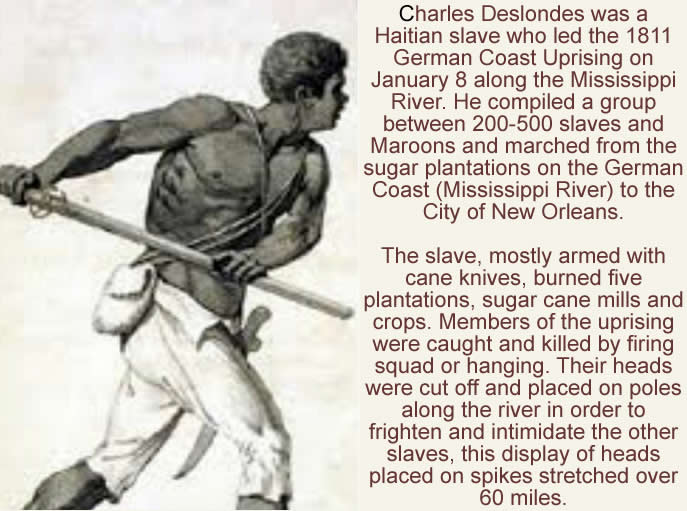
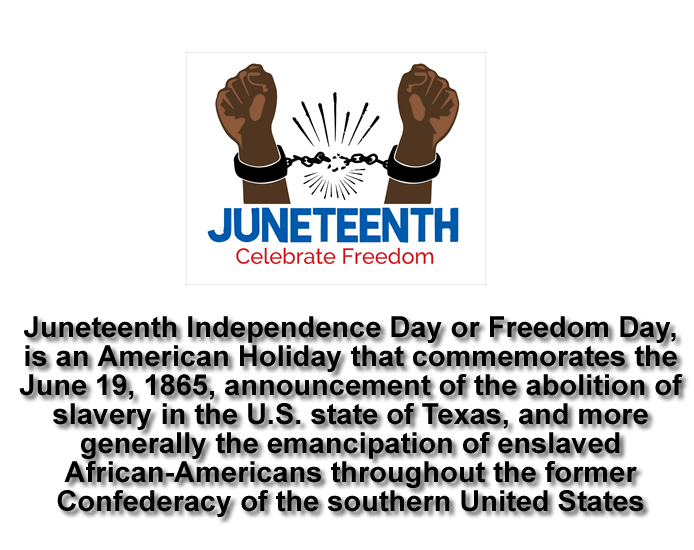
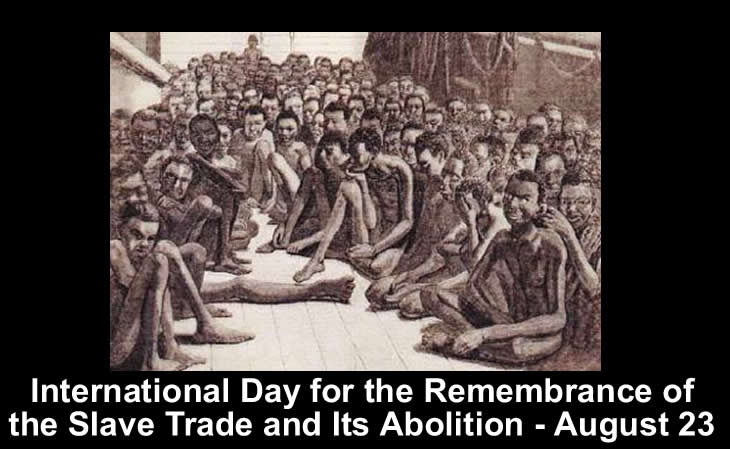
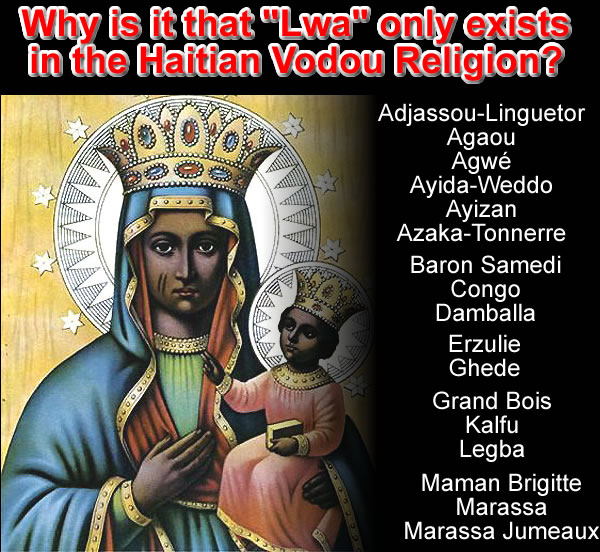

 Texaco Gas Station In Haiti
Texaco Gas Station In Haiti  Hotel Beck in Cap-Haitien, Haiti
Hotel Beck in Cap-Haitien, Haiti  Bouki Ak Ti Malice, Story Of Intelligence Vs Ignorance For...
Bouki Ak Ti Malice, Story Of Intelligence Vs Ignorance For... 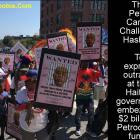 The Petro Caribe Challenge hashtag
The Petro Caribe Challenge hashtag 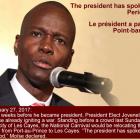 Jovenel Moise, the president has spoken. Period
Jovenel Moise, the president has spoken. Period 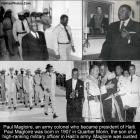 Paul Eugène Magloire, born in Quartier Morin
Paul Eugène Magloire, born in Quartier Morin  Partial list of privileges enjoyed by Government officials in...
Partial list of privileges enjoyed by Government officials in...  Philippe Vorbe entered world football Hall of Fame, CONCACAF
Philippe Vorbe entered world football Hall of Fame, CONCACAF 

